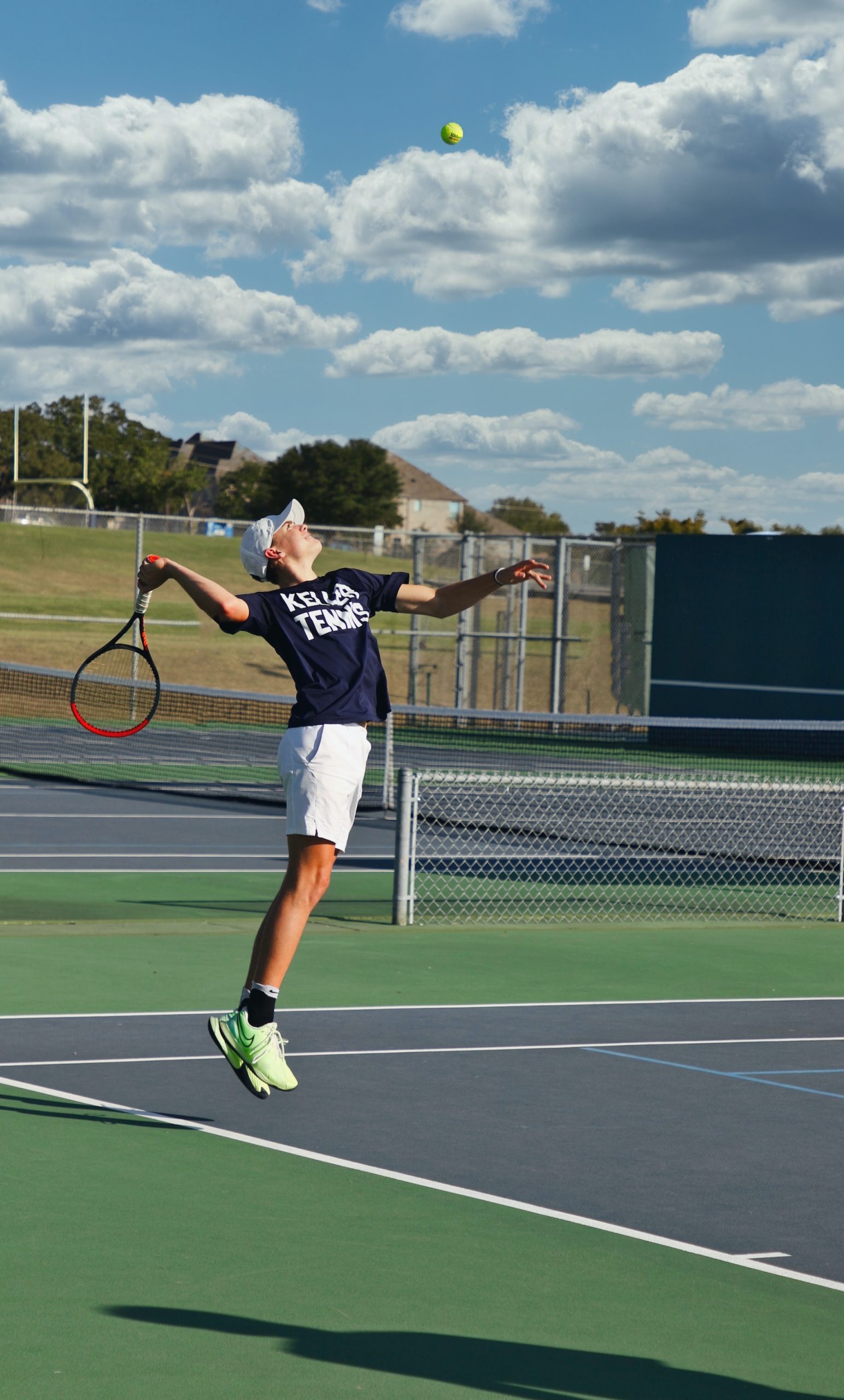the Science Behind Pitching in College Baseball
Introduction
College baseball is a sport that requires not only physical strength but also mental agility. And when it comes to pitching, the game becomes even more complex. Pitchers are often considered the backbone of any team, responsible for leading their teammates to victory by delivering precise pitches and making strategic decisions. But what goes into perfecting this skill? In this blog post, we’ll be breaking down the science behind pitching in college baseball, from mechanics to training techniques that can increase velocity. So grab your glove and let’s dive in!
The Mechanics of Pitching
Pitching is a complex process that involves the entire body. A pitcher must have proper mechanics to be successful and avoid injury. The first step in pitching mechanics is the wind-up, during which the pitcher lifts their front leg while balancing on their back foot. This sets up the momentum for delivery of the pitch.
The second phase is called stride or landing, where pitchers take a powerful step forward with their lead foot towards home plate. It’s essential to keep balance throughout this stage as it affects velocity and accuracy.
The third phase is arm action, where pitchers bring their throwing arm from behind them and deliver the ball towards home plate. Proper timing of releasing the ball with wrist snap will increase velocity because more force can transfer to it.
Follow-through occurs once you’ve delivered your throw; this ensures that your body comes into an upright position without damaging any muscles or joints due to improper posture.
Every aspect of pitching needs careful attention paid to its execution if one wants success on-field by breaking down each element into small parts like lift-legs or stride lengthening increase efficiency while minimizing injuries along increasing velocity.
The Science of Pitching
The science of pitching in college baseball is a complex and intricate field. It involves understanding the biomechanics of how the human body moves, as well as physics principles such as force, velocity, and acceleration.
Pitchers must have a thorough understanding of their own bodies to maximize their performance on the mound. This includes proper alignment and positioning during each stage of the pitching motion – windup, stride, arm cocking/acceleration, deceleration/follow through.
Furthermore, pitchers must understand how to apply these principles to increase their velocity and movement on pitches. They can do so by incorporating weighted ball training or resistance band exercises into their workouts.
Science also plays a role in injury prevention for pitchers. By studying the mechanics behind various types of injuries (such as Tommy John surgery), trainers and coaches can develop preventative measures to keep pitchers healthy throughout their careers.
Mastering the science behind pitching is vital for success at all levels of baseball – from little league up to the majors. Pitchers who put in work both on and off the field will see results not only in increased velocity but also reduced risk of injury.
Training for Pitching
Training is a crucial part of any athlete’s routine, and baseball players are no different. When it comes to pitching, training is especially important because it involves not only building strength but also perfecting technique.
One way pitchers can increase their velocity is by incorporating weighted ball exercises into their training regimen. These exercises involve throwing balls that weigh more than a regulation baseball, which helps strengthen the muscles used in pitching.
Another key aspect of pitching training is focusing on proper mechanics. This means paying attention to things like footwork and arm position to ensure maximum efficiency and power with each throw.
Pitchers may also work on developing specific pitches such as curveballs or sliders through focused drills and repetition. Additionally, conditioning exercises such as running or weightlifting can help improve overall endurance and stamina for longer games.
Ultimately, successful pitching requires both physical strength and mental focus. Training should be tailored to meet individual needs while also emphasizing consistency in form and technique. With the right approach, pitchers can break down barriers to success by increasing their velocity over time.
Pitchers in the Major Leagues
Pitchers in the Major Leagues are some of the most talented athletes in the world. They have dedicated their lives to perfecting their craft and mastering every aspect of pitching. These players possess a combination of physical strength, mental toughness, and incredible skill that sets them apart from other athletes.
Pitching at this level is not just about throwing hard or having good movement on your pitches. It’s about strategy and being able to outthink your opponent. Pitchers must be able to read batters’ tendencies and adjust accordingly.
Another crucial aspect is maintaining consistency throughout an entire season. Pitchers must take care of their bodies, maintain good mechanics, and develop new pitches to keep hitters guessing.
The pressure can be intense when pitching in front of thousands of fans with high expectations for their team’s success. However, top-level pitchers are able to thrive under these conditions because they have honed their mental game as well as their physical abilities.
Watching a pitcher at the highest level is truly awe-inspiring. The dedication it takes to reach this pinnacle is unmatched by any other sport or profession.
Conclusion
Pitching in college baseball is a science that requires a combination of physical and mental strength. The mechanics of pitching involve the body’s movements, while the science behind it involves factors such as velocity, spin rate, and trajectory. As pitchers train to improve their performance, they must focus not only on building strength but also on developing strategies to outsmart batters.
With technology like high-speed cameras and analytics becoming more prevalent in baseball today, we can expect the science of pitching to continue evolving. And as younger players begin training earlier with these tools at their disposal, we may see even more impressive feats from pitchers in both college and professional baseball.
Whether you’re an aspiring young pitcher or simply a fan of the game, it’s worth taking the time to appreciate just how much goes into every pitch thrown on the field. By understanding the mechanics and science behind it all, we can develop a deeper appreciation for this challenging yet rewarding aspect of America’s favorite pastime.










